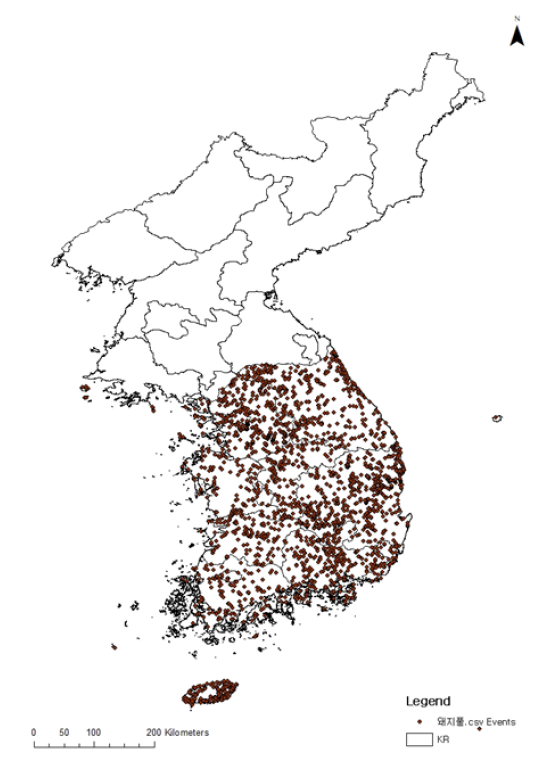Abstract
Among 16 invasive alien plant species listed by National Institute of Ecology, common ragweed (
Figures & Tables

Fig. 1. Distribution status of in Korea. Sources: Nationwide Survey of Nonnative Species in Korea (National Institute of Ecology), Study of Weed Distribution in Cropland (Rural Development Administration), Invasive Plants distribution DB (Hankyong National University).


